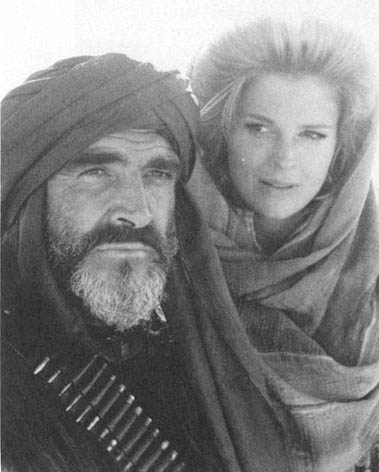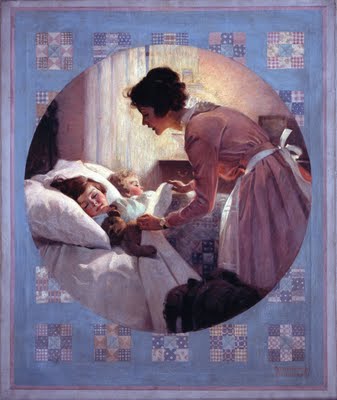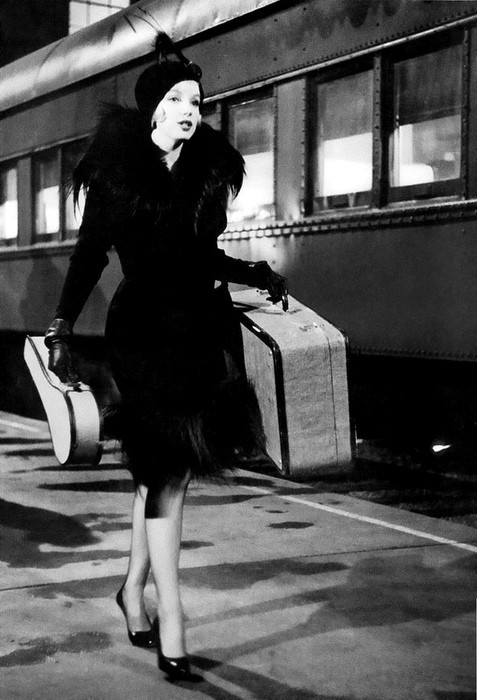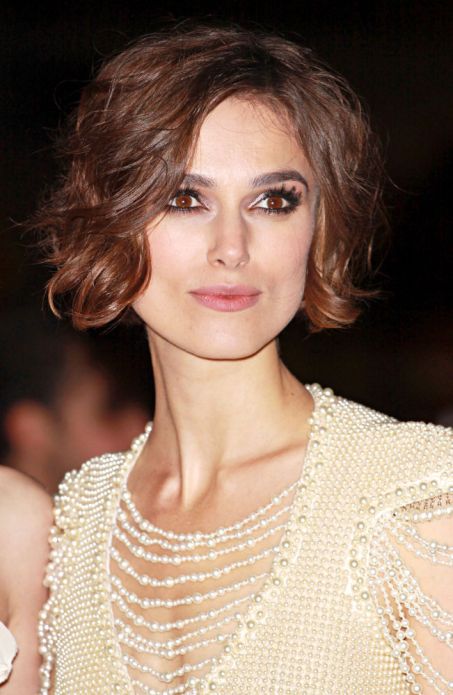Although best known for his novels, D.H. Lawrence wrote almost 800 poems, most of them relatively short. His first poems were written in 1904 and two of his poems, Dreams Old and Dreams Nascent, were among his earliest published works in The English Review. His early works clearly place him in the school of Georgian poets, a group not only named after the reigning monarch but also to the romantic poets of the previous Georgian period whose work they were trying to emulate. What typified the entire movement, and Lawrence’s poems of the time, were well-worn poetic tropes and deliberately archaic language. Many of these poems displayed what John Ruskin referred to as the pathetic fallacy, the tendency to ascribe human emotions to animals and even inanimate objects.
Just as the First World War dramatically changed the work of many of the poets who saw service in the trenches, Lawrence’s own work saw a dramatic change, during his years in Cornwall. During this time, he wrote free verse influenced by Walt Whitman. He set forth his manifesto for much of his later verse in the introduction to New Poems. “We can get rid of the stereotyped movements and the old hackneyed associations of sound or sense. We can break down those artificial conduits and canals through which we do so love to force our utterance. We can break the stiff neck of habit […] But we cannot positively prescribe any motion, any rhythm.”

Photograph by Duane Michals
DREAMS OLD and DREAM NASCENT
My world is a painted fresco, where coloured shapes
Of old, ineffectual lives linger blurred and warm;
An endless tapestry the past has women drapes
The halls of my life, compelling my soul to conform.
The surface of dreams is broken,
The picture of the past is shaken and scattered.
Fluent, active figures of men pass along the railway, and I am woken
From the dreams that the distance flattered.
Along the railway, active figures of men.
They have a secret that stirs in their limbs as they move
Out of the distance, nearer, commanding my dreamy world.
Here in the subtle, rounded flesh
Beats the active ecstasy.
In the sudden lifting my eyes, it is clearer,
The fascination of the quick, restless Creator moving through the mesh
Of men, vibrating in ecstasy through the rounded flesh.
Oh my boys, bending over your books,
In you is trembling and fusing
The creation of a new-patterned dream, dream of a generation:
And I watch to see the Creator, the power that patterns the dream.
The old dreams are beautiful, beloved, soft-toned, and sure,
But the dream-stuff is molten and moving mysteriously,
Alluring my eyes; for I, am I not also dream-stuff,
Am I not quickening, diffusing myself in the pattern, shaping and shapen?
Here in my class is the answer for the great yearning:
Eyes where I can watch the swim of old dreams reflected on the molten metal of dreams,
Watch the stir which is rhythmic and moves them all as a heart-beat moves the blood,
Here in the swelling flesh the great activity working,
Visible there in the change of eyes and the mobile features.
Oh the great mystery and fascination of the unseen Shaper,
The power of the melting, fusing Force—heat, light, all in one,
Everything great and mysterious in one, swelling and shaping the dream in the flesh,
As it swells and shapes a bud into blossom.
Oh the terrible ecstasy of the consciousness that I am life!
Oh the miracle of the whole, the widespread, labouring concentration
Swelling mankind like one bud to bring forth the fruit of a dream,
Oh the terror of lifting the innermost I out of the sweep of the impulse of life,
And watching the great Thing labouring through the whole round flesh of the world;
And striving to catch a glimpse of the shape of the coming dream,
As it quickens within the labouring, white-hot metal,
Catch the scent and the colour of the coming dream,
Then to fall back exhausted into the unconscious, molten life!
D.H. Lawrence
 Norman Rockwell preparing to enter a mosque
Norman Rockwell preparing to enter a mosque Omar Sharif in Lawrence of Arabia (David Lean, 1962). Sharif’s first English-language role was that of Sharif Ali in David Lean’s historical epic. This performance earned him a Best Supporting Actor Oscar nomination and a Golden Globe Award for Best Supporting Actor – Motion Picture, as well as a shared Golden Globe Award for New Star of the Year – Actor.
Omar Sharif in Lawrence of Arabia (David Lean, 1962). Sharif’s first English-language role was that of Sharif Ali in David Lean’s historical epic. This performance earned him a Best Supporting Actor Oscar nomination and a Golden Globe Award for Best Supporting Actor – Motion Picture, as well as a shared Golden Globe Award for New Star of the Year – Actor. Irish actor Peter O’Toole studying for his role as T.E. Lawrence. Photo by Dennis Oulds
Irish actor Peter O’Toole studying for his role as T.E. Lawrence. Photo by Dennis Oulds Lawrence of Arabia (David Lean, 1962)
Lawrence of Arabia (David Lean, 1962) Robert Pattinson as Lawrence of Arabia in Queen of the Desert (Werner Herzog, 2015), based on the life of British traveller, writer, archaeologist, explorer, cartographer and political officer Gertrude Bell.
Robert Pattinson as Lawrence of Arabia in Queen of the Desert (Werner Herzog, 2015), based on the life of British traveller, writer, archaeologist, explorer, cartographer and political officer Gertrude Bell.
 Candice Bergen and Sean Connery in The Wind and the Lion (John Milius, 1975)
Candice Bergen and Sean Connery in The Wind and the Lion (John Milius, 1975) Virginia Woolf (far left) and her friends, dressed as Abyssinian dignataries, 1910
Virginia Woolf (far left) and her friends, dressed as Abyssinian dignataries, 1910 Truman Capote in Tangier (Morocco)
Truman Capote in Tangier (Morocco) Yves Saint Laurent in Marrakesh
Yves Saint Laurent in Marrakesh
 Christian Louboutin purchased a villa near the Nile river
Christian Louboutin purchased a villa near the Nile river

















































































































